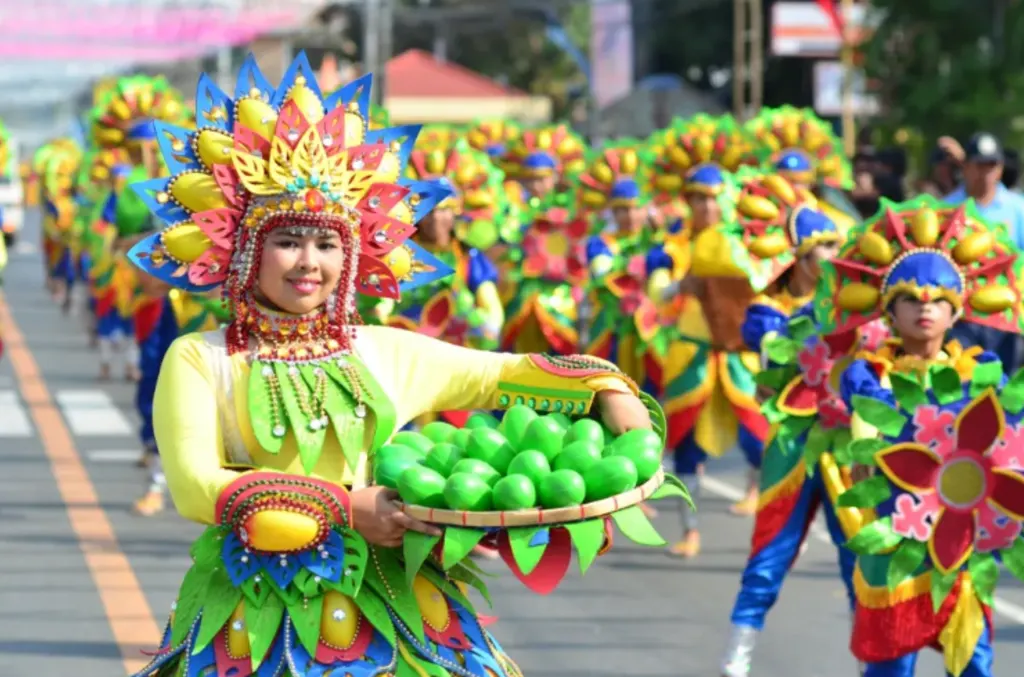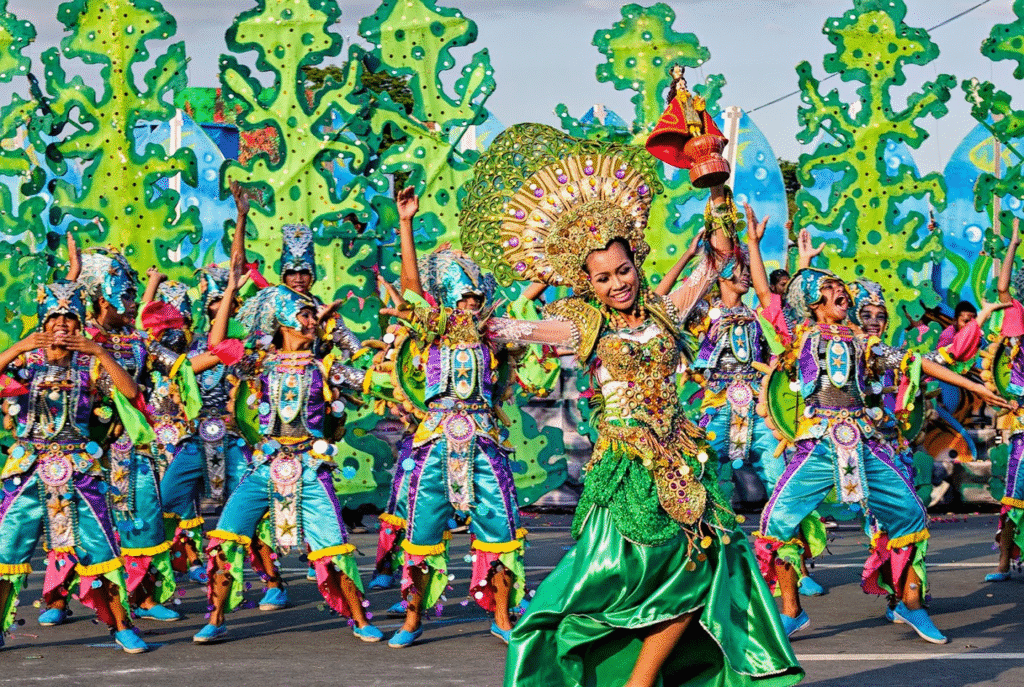Now Reading: Cultural Tourism Is Changing Travel: Discover the World Through Traditions!
-
01
Cultural Tourism Is Changing Travel: Discover the World Through Traditions!
Cultural Tourism Is Changing Travel: Discover the World Through Traditions!

Table of Contents
In today’s fast-changing world, many travelers are looking for more than just beaches, luxury hotels, or shopping malls. They want to experience something real and unforgettable. This is where cultural tourism plays an important role.
Cultural tourism means traveling to a place mainly to learn about its culture, traditions, history, food, festivals, music, and daily life. This kind of tourism helps people not only enjoy new places but also understand how different societies live, think, and celebrate life.
According to the World Tourism Organization (UNWTO), cultural tourism is growing fast, as more travelers are becoming curious about the world’s rich cultures and heritage. Countries like Italy, India, Egypt, China, and Mexico have always attracted millions of tourists who come to see ancient monuments, temples, art, and traditions. But today, even small towns, local villages, and less-famous destinations are becoming popular for cultural trips.
Why Cultural Tourism Is Booming Worldwide

1. Desire for Meaningful Experiences
Modern travelers, especially millennials and Gen Z, are not only interested in sightseeing or relaxing vacations. They want to experience the real life of the local people. This means visiting traditional markets, eating local food, attending cultural festivals, and even staying in homestays or with local families to learn their way of living.
2. Social Media’s Influence
Platforms like Instagram, YouTube, and TikTok have made cultural tourism more exciting. Travelers love to share photos of colorful festivals, ancient temples, traditional dances, and local crafts. These posts inspire millions of others to visit the same places to enjoy authentic experiences.
3. Support for Local Communities
One of the biggest advantages of cultural tourism is that it helps local economies. When travelers visit historical places or small villages, they buy handmade products, taste local food, and hire local guides. This brings money to these communities and helps keep their traditions alive.
Examples of Popular Cultural Tourism Destinations
India: A Land of Colorful Traditions
India is a top destination for cultural tourism. Cities like Varanasi, Jaipur, and Agra offer experiences such as temple visits, traditional cooking classes, and handicraft workshops. The country’s many festivals, like Diwali and Holi, attract thousands of tourists every year.
Italy: A Treasure of Art and History
Rome, Florence, and Venice are famous for their rich history, ancient buildings, and world-famous art. From the Colosseum to the Vatican Museums, Italy offers travelers unforgettable cultural experiences.
Japan: Where Tradition Meets Technology
Japan is another perfect example. Visitors love to explore ancient temples in Kyoto, enjoy traditional tea ceremonies, or take part in cultural activities like origami and calligraphy. At the same time, they can also experience modern technology in cities like Tokyo.
Benefits of Cultural Tourism
- Education and Learning
Travelers learn history, art, and culture directly from the source. This is much more exciting than just reading about it in books. - Respect for Other Cultures
When people meet locals, they begin to understand and respect different ways of life. This can reduce prejudice and promote peace. - Protection of Cultural Heritage
Tourist interest in old monuments, crafts, and traditions encourages governments and local people to preserve their heritage for future generations. - Economic Growth for Local Areas
Cultural tourism helps small businesses, artists, and local guides earn income. It creates jobs and improves living standards in these regions.
Challenges Facing Cultural Tourism
Despite its many benefits, cultural tourism also faces some problems:
- Overtourism: Some places receive too many visitors, which can damage historic sites and disturb local life.
- Cultural Disrespect: Some tourists do not follow local customs or behave rudely, which can upset local communities.
- Commercialization: In some places, traditions become “shows” for tourists rather than real, living culture.
To solve these issues, responsible tourism is very important. Travelers must respect local traditions, follow rules, and support real, community-led cultural experiences.
How to Be a Responsible Cultural Tourist
If you want to try cultural tourism in a good way, here are some easy tips:
- Learn Basic Local Customs: Before visiting a country, read about its culture, dress codes, and greetings.
- Support Local Businesses: Eat at local restaurants, buy handmade products, and use local guides.
- Be Polite and Curious: Ask questions and show interest, but always respect the answers and privacy of local people.
- Take Care of Cultural Sites: Follow rules at historical places, don’t touch ancient objects, and avoid littering.
The Future of Cultural Tourism

Experts believe that cultural tourism will grow even more in the future. As the world becomes more connected, people are more eager to understand different lifestyles, traditions, and ideas. Virtual reality (VR) tours, language learning apps, and travel blogs will also make it easier for people to prepare for and enjoy cultural trips.
Moreover, governments and travel companies are now focusing on sustainable cultural tourism, which protects cultural heritage while giving tourists a rich and meaningful experience.
Conclusion
Cultural tourism is more than just visiting new places — it is about making connections, learning about history and traditions, and supporting local people. Whether you are visiting the pyramids of Egypt, a dance festival in Brazil, or a small village in Africa, every cultural experience adds something valuable to your life.
So next time you plan a trip, think about cultural tourism. It might give you the most unforgettable memories of your life.
Read More:- https://estatemagazine.ae/shobha-realty-launches-its-most-luxurious-projec/




















